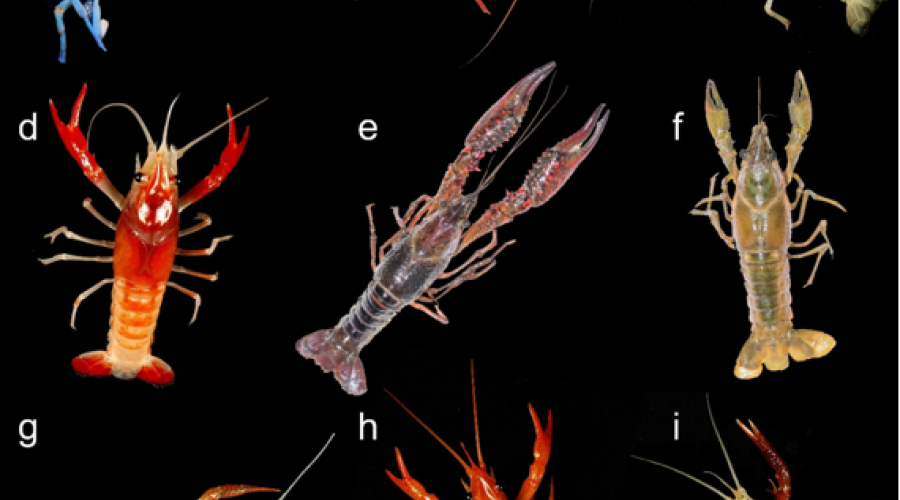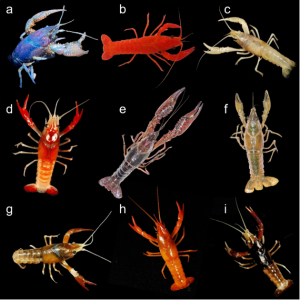Tracing the Red Swamp Crayfish: Genetic Clues from the Pet Trade

A recent study published in Freshwater Biology by Oficialdegui et al. (2025) examines the genetic diversity of the invasive red swamp crayfish (Procambarus clarkii) in the pet trade market. Native to the southern United States and northern Mexico, this species is the most widespread and invasive crayfish species globally. While the introduction routes of aquaculture-derived populations have been identified through molecular methods and historical records, traceability in the pet trade market remains more difficult to achieve.
In collaboration with researchers from Czechia, Germany, the Netherlands, Belgium, Hungary, Slovakia, Austria, and Poland, 283 pet-traded and feral red swamp crayfish individuals were obtained from across Europe and Southeast Asia. At the Faculty of Fisheries and Protection of Waters, University of South Bohemia, a fragment of the mitochondrial gene for cytochrome c oxidase subunit I (COI) was sequenced to determine the genetic variation among these individuals originating from pet shops, an outdoor aquaculture pond and established feral populations likely originating from ornamental releases.
The study’s findings reveal low genetic diversity in pet shops, likely due to the limited number of founder individuals for most ornamental stocks. In contrast, feral populations, particularly in Hungary, show higher variability, arguably resulting from recurrent introduction events from various sources. The study suggests that the crayfish in the European pet trade predominantly originate from the Asian ornamental trade rather than from their native range.
Given the presence of various red swamp crayfish colour morphs in the aquarium trade (Figure 1), molecular methods at border controls and post-border, in cooperation with research institutions, can serve as preventive measures to halt the importation of EU-listed invasive species. We advocate the use of molecular analyses for both species identification and tracking the introduction routes of biological invasions.
Further details can be found in the original paper: Oficialdegui, F.J.; Bláha, M., Prati, S., Lipták, B., Weiperth, A., Bányai, Z.M., Maciaszek, R., Patoka, J., Scheers, K., Lemmers, P., Petutschnig, J., Petrtýl, M., Petrusek, A., Kouba, A. (2025). Contrasting patterns of genetic variability in pet-traded red swamp crayfish Procambarus clarkii and its feral populations. Freshwater Biology, 70(2):e70008. https://doi.org/10.1111/fwb.70008
Written by: Francisco J. Oficialdegui
Figure 1. A variety of colour morphs and patterns in the red swamp crayfish used in this study. Photo credits: (a) Rafał Maciaszek; (b) Kevin Scheers; (c, d, g, h, i) Surya Gentha Akmal and (e, f) Pim Lemmers.




